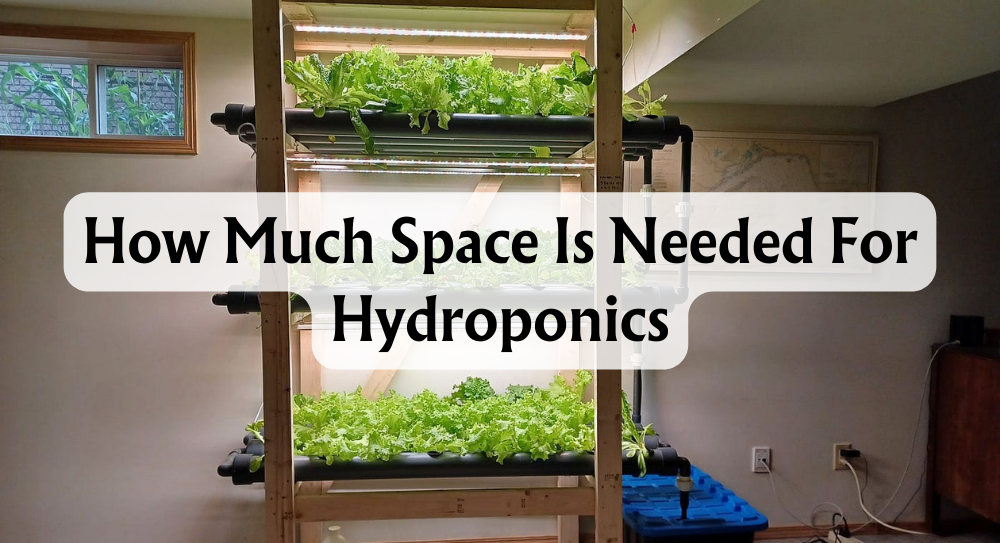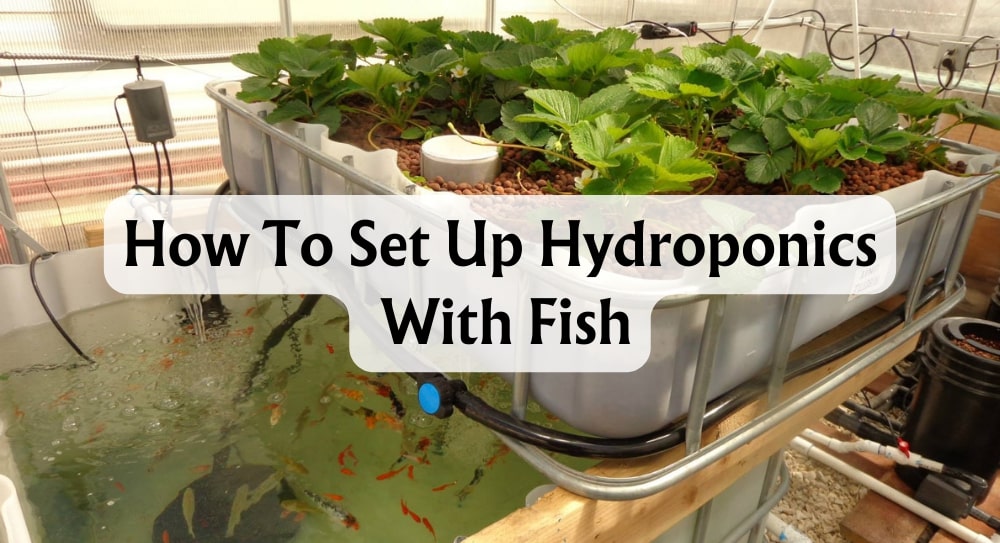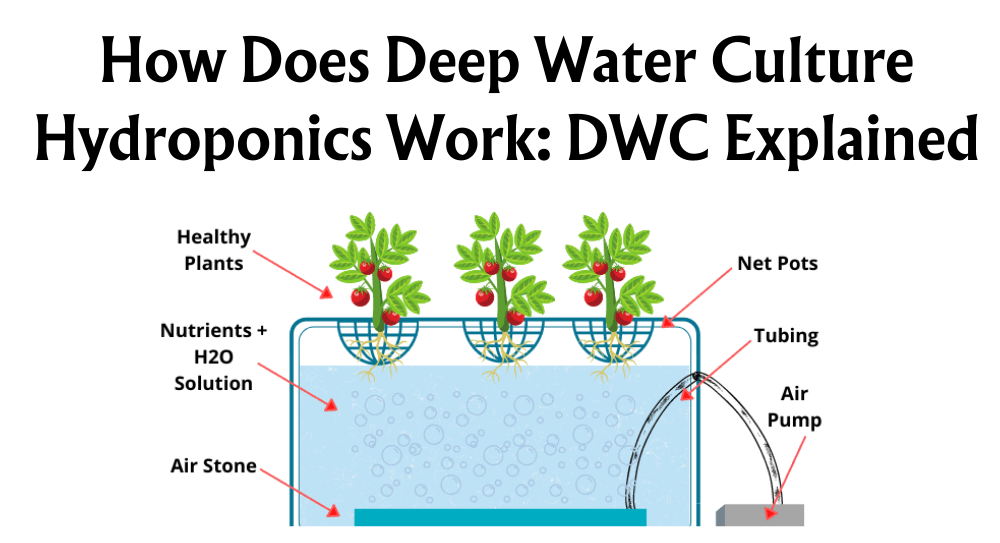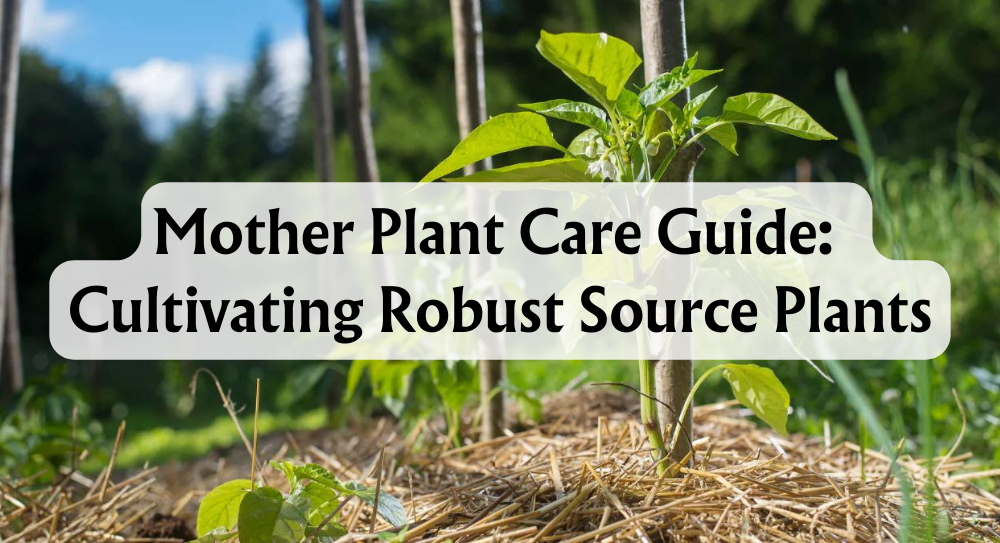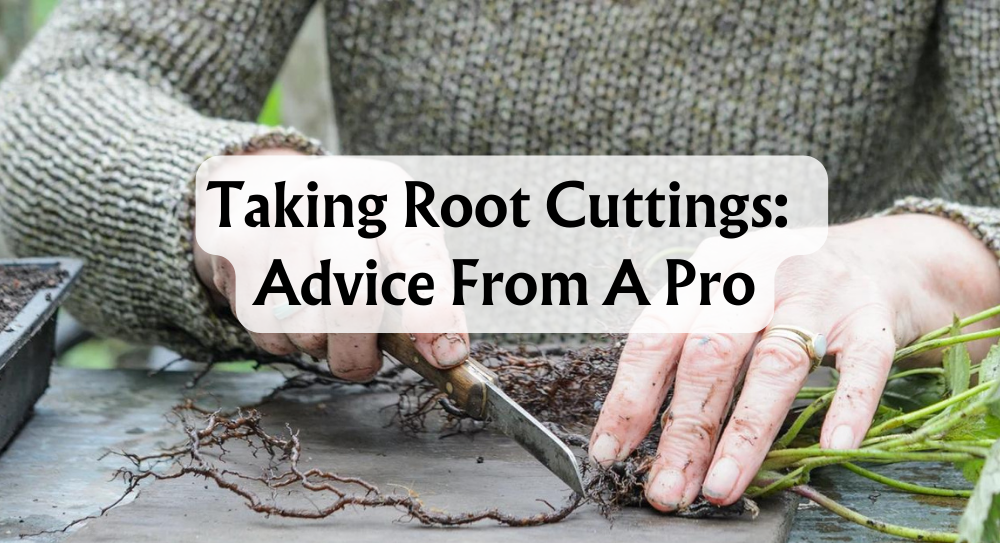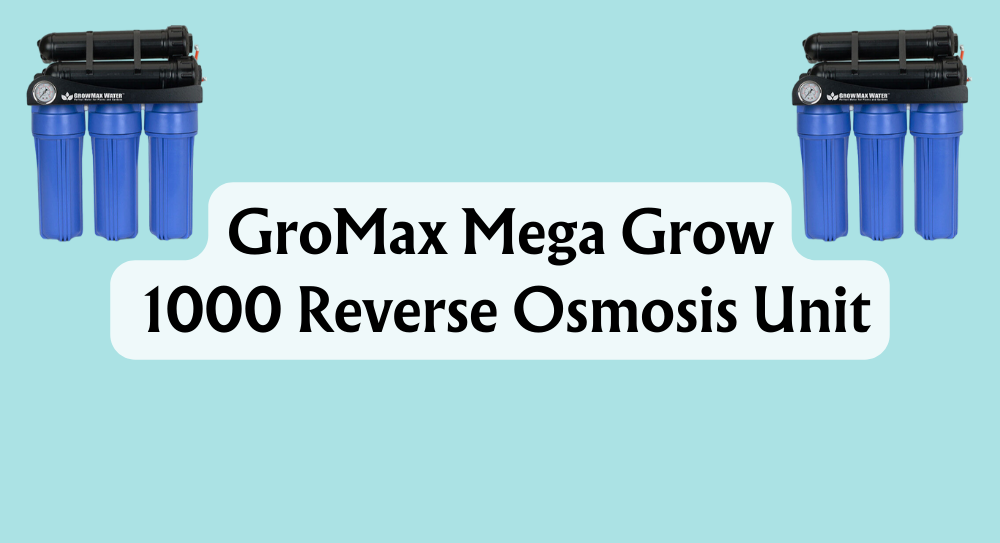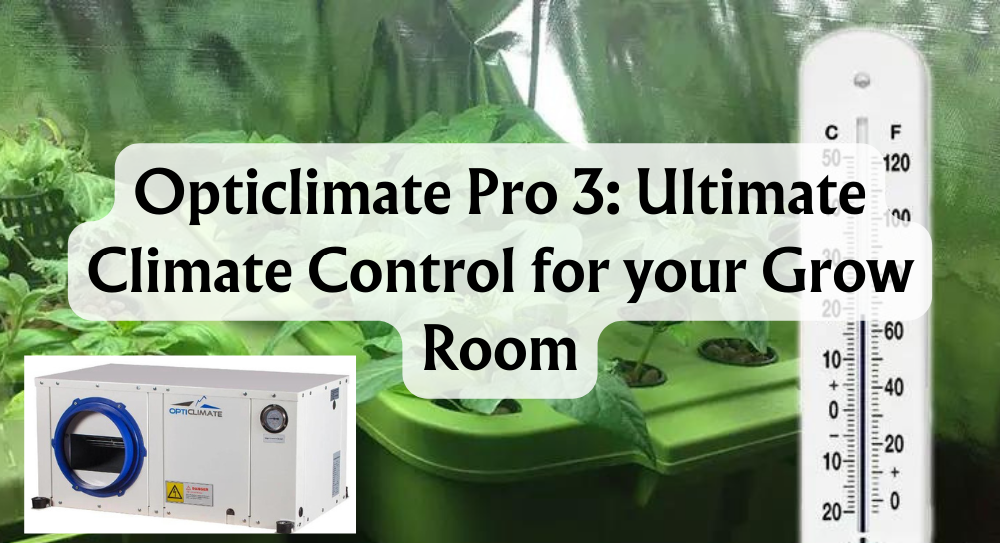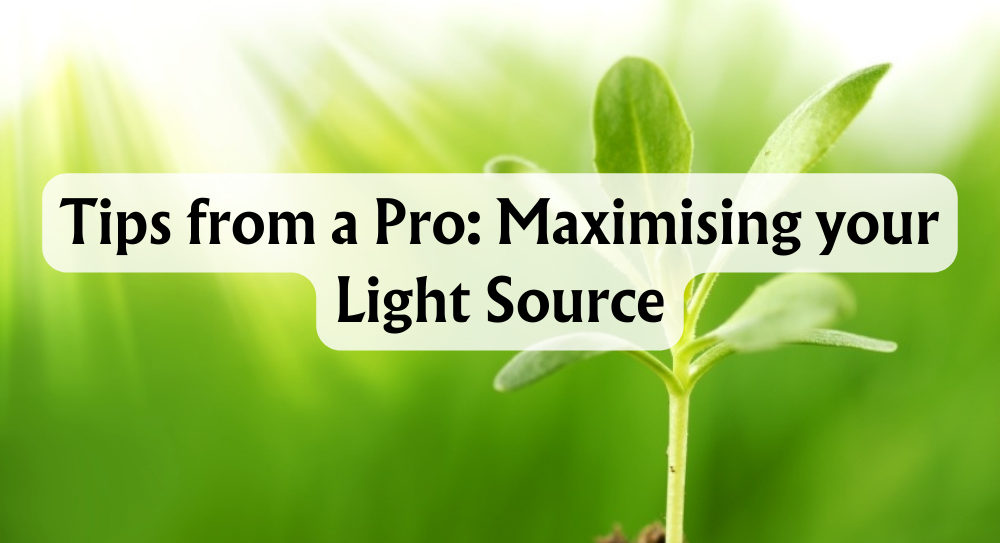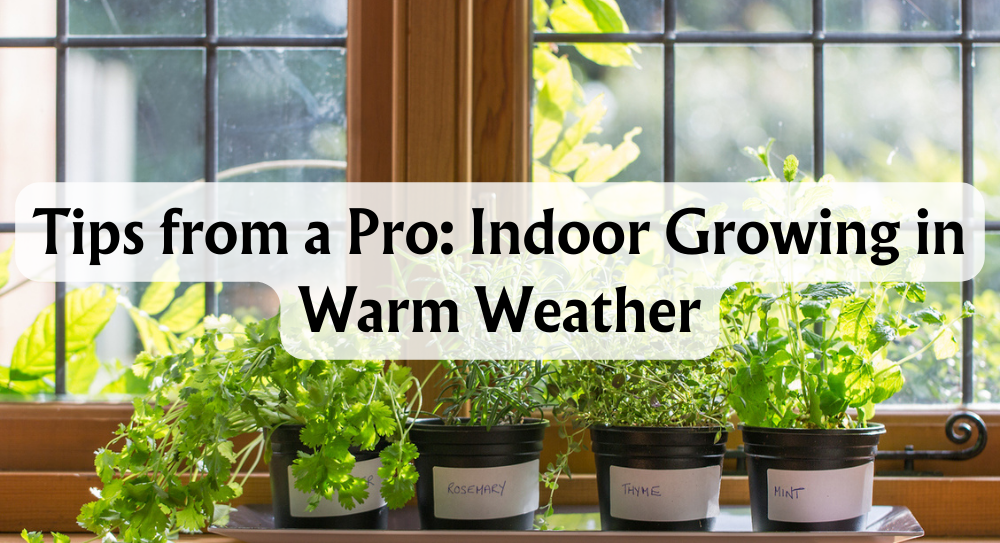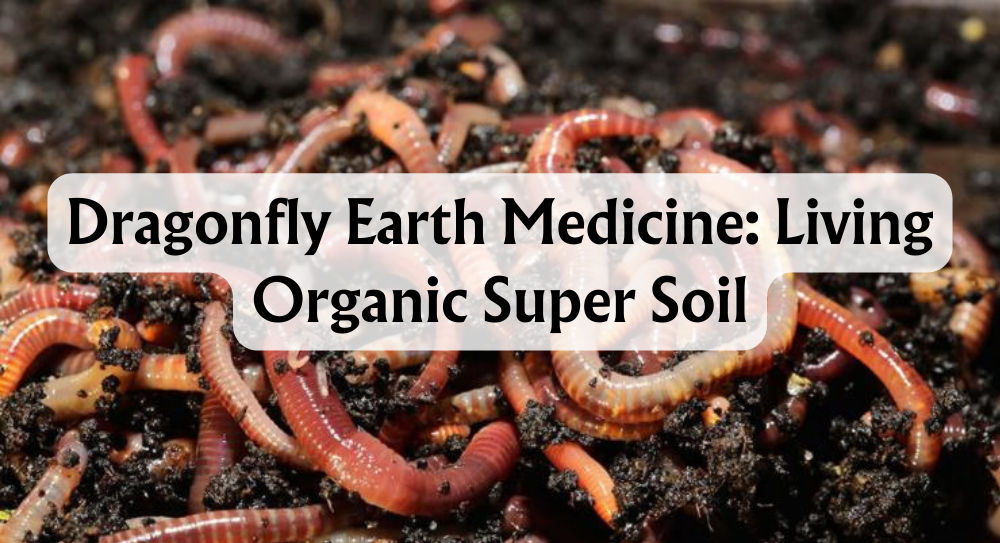How Much Space is Needed for Hydroponics?
Hydroponics is a fascinating form of horticulture that we embrace with open arms. It's how plants are grown without soil, using nutrient-rich water to deliver all the sustenance they require. The beauty of hydroponics lies in its efficiency; it offers us higher yields, significantly less water usage, and unparalleled control over the growing environment.
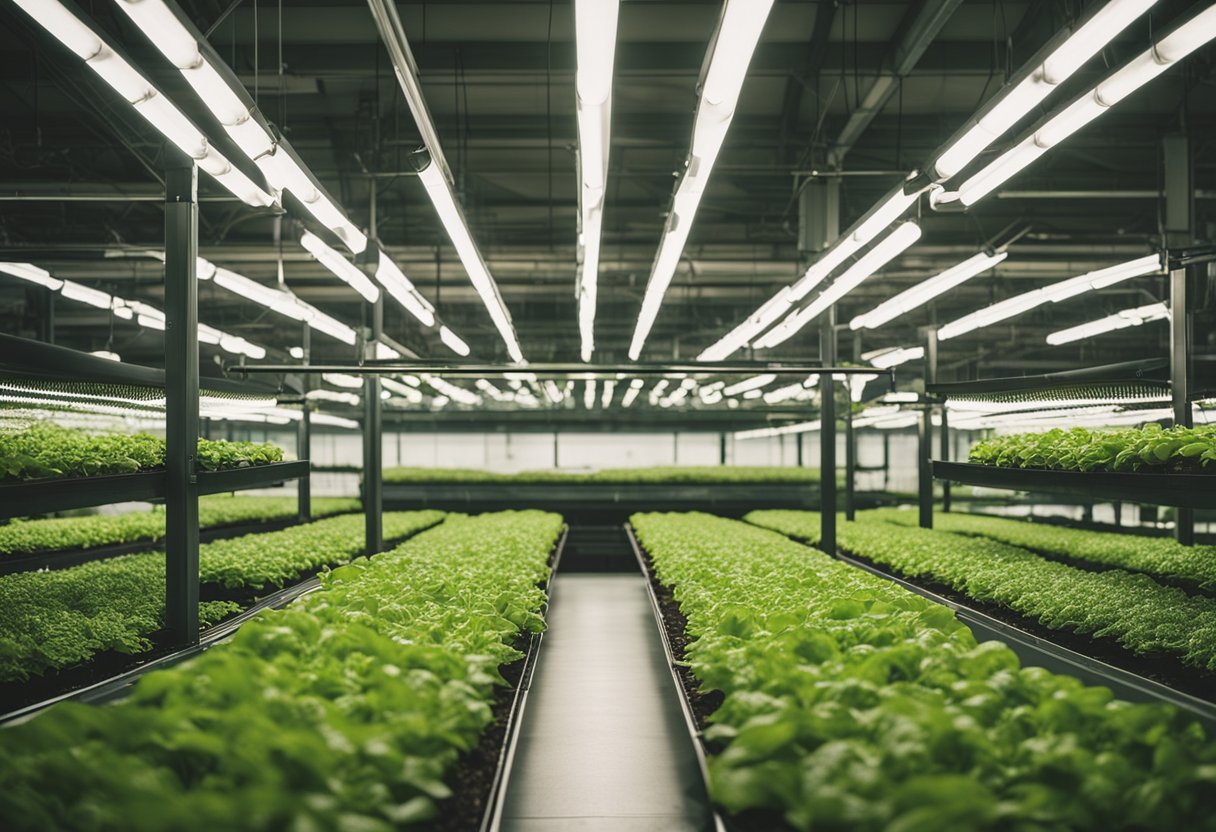
One burning question that we often ponder is the amount of space needed for hydroponic growing. You see, space optimisation is the key to promoting healthy plant growth. This article will cover the golden rules of plant spacing—what it is, why it's crucial in a hydroponic garden, and how it affects every aspect of your plant's life. We'll take you through the varying requirements depending on plant types and systems, and share the best tips and tricks on how to maximise your plants' potential.
Key Takeaways
- Hydroponics maximises space efficiency and controls plant growth conditions.
- Correct plant spacing is crucial for preventing disease and ensuring healthy yields.
- Optimising plant arrangement can lead to better results in hydroponic systems.
What Is Hydroponic Plant Spacing?

Ever wondered how close is too close when it comes to setting up our plants in a hydroponic garden? Well, plant spacing is essentially the distance between our green pals, allowing them the room they need to thrive without competing for those vital resources.
In a hydroponic system, space is at a premium, and we want to utilise every inch. However, cramping plants together is a no-go. They need enough space not just above the ground, but below too, where their roots seek out nutrients and a little breathing room.
The space between plants is not just about elbow room. Spacing affects how we move through our hydroponic garden, manage pests, and a sufficient amount of light and airflow for each plant. Too tight a space can lead to a jungle of trouble, so let’s stick to these guides to keep our green sanctuary peaceful and productive. Let's space out those plants and ensure they want to grow!
Why Is Plant Spacing Important for Hydroponics?
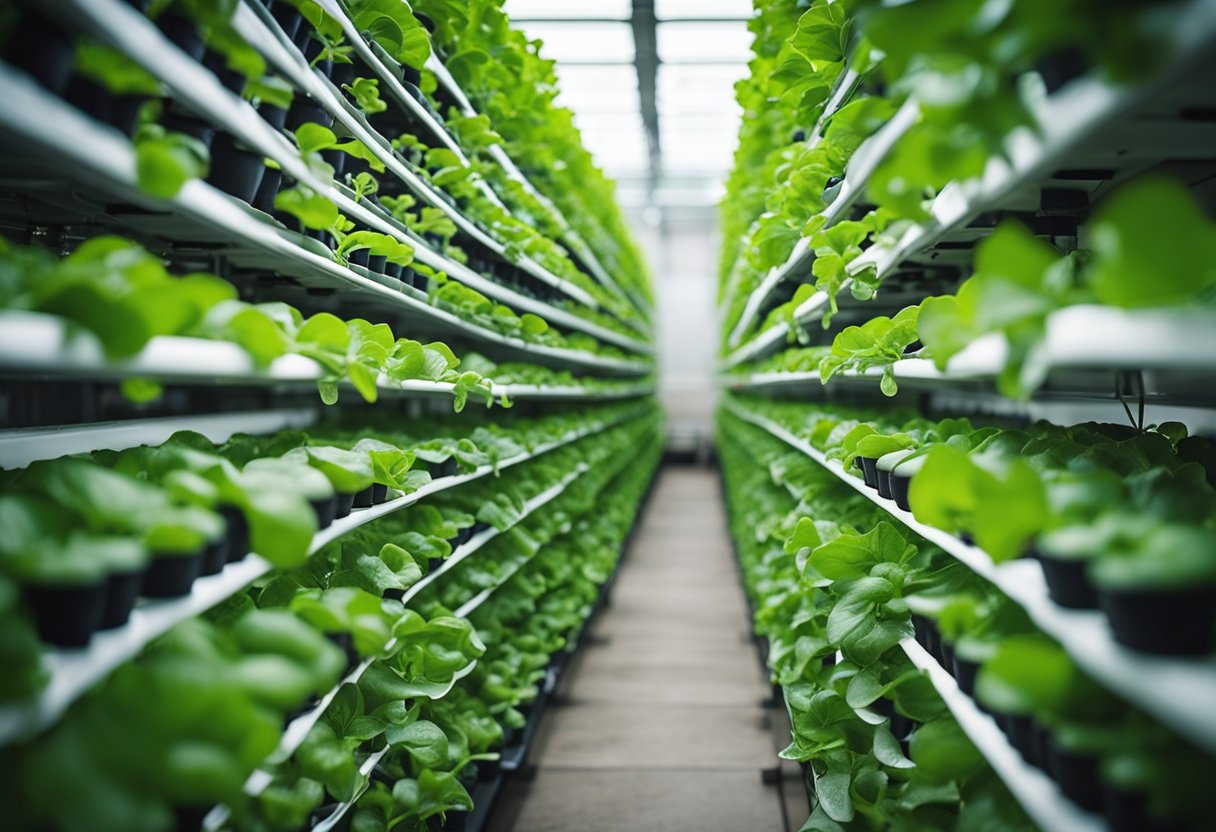
Plant spacing is an important factor in giving our green friends what they need to flourish! Here's the dirt—or should I say the water—on why spacing matters:
Root Space: Our plant's roots are like their private quarters. Just as we need our elbow room, a healthy root system requires space to expand. By ensuring adequate space between our plants, we're ensuring space for their roots, leading to better nutrient absorption and overall health. This is vital in a hydroponics system, where root space can be more limited than in soil.
Airflow & Disease Prevention: Crowd your plants, and you're asking for trouble. Plants crammed together suffer from poor air circulation, which boosts the chances of nasty diseases and pests setting up camp. By spacing plants properly, we help minimise this risk and let our plant pals breathe easy.
Light & Nutrient Access: Plants need ample access to food—step forward nutrients. If they're all squished together, some will hog the light, while others wither in the shade. Correct spacing means each plant gets its fair share of light and nutrients, which can directly influence yield.
Healthy Competition: A bit of competition is healthy, right? Not so much for plants in a hydroponic system. Too close, and they'll battle for oxygen, water, and food. A sensible spacing strategy lets them coexist peacefully, without any veggie warfare.
So, what's the verdict? Keep your plants adequately spaced, and you'll likely see a bounty of benefits:
- Happy roots with room to grow
- Fresh airflow and fewer unwanted plant squatters (pests and diseases, that is)
- A generous helping of light and nutrients for all
- Peace among the plant kingdom, without a fight for survival resources
Remember, folks, every plant needs its personal bubble to reach its potential. Give them that space, and they'll reward you with growth and giggles (okay, maybe not the giggles, but definitely the growth).
Spacing Requirements
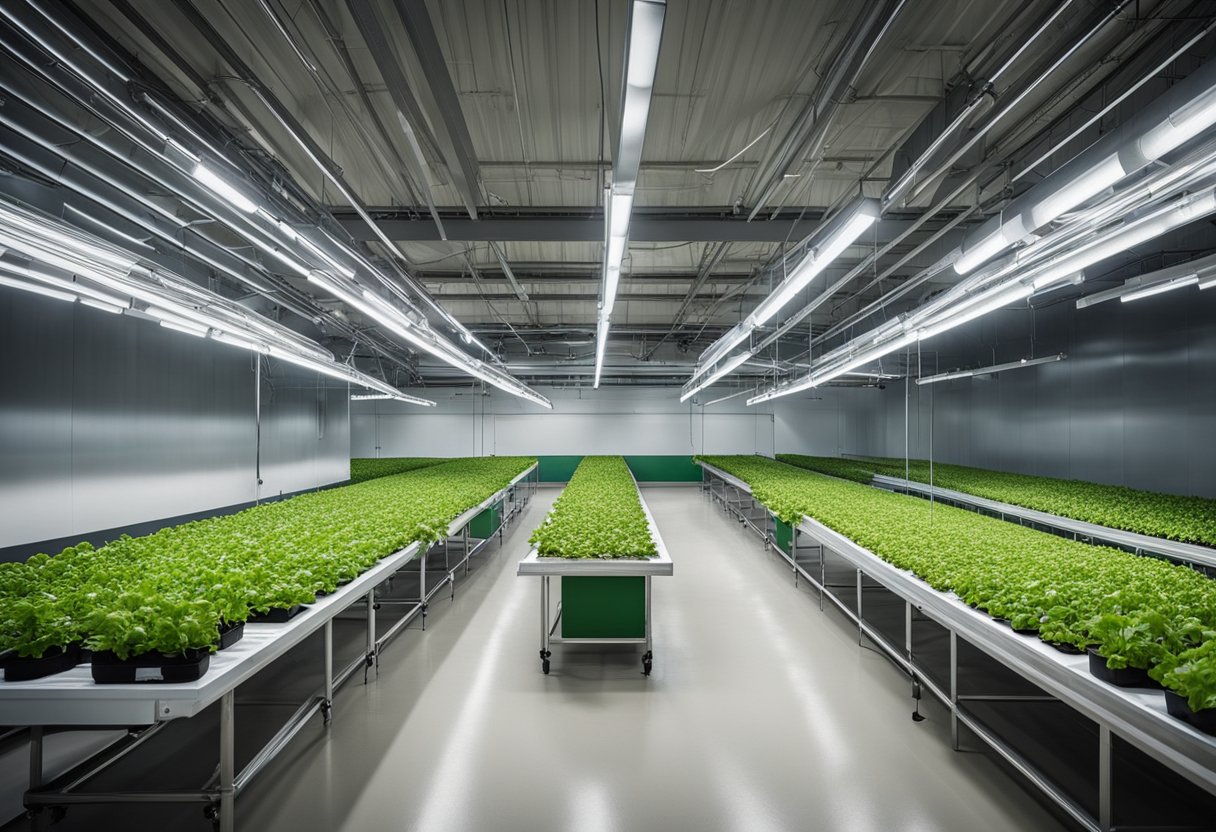
When setting up our hydroponic garden, we need to be mindful of giving our plants enough space to flourish! Here's the lowdown on different spacing for a variety of greens and veggies.
Leafy Greens
Our leafy green friends such as lettuce and spinach love to get closer than most. They thrive well with just 4-8 inches (10-20 cm) of space. This snug fit works wonders, especially when using an NFT (Nutrient Film Technique) system, which perfectly suits their modest footprint with spacing often at 4-6 inches (10-15 cm).
Tomatoes
Tomatoes are the extroverts of the plant world, demanding more space to spread their branches. A comfortable 12-18 inches (30-45 cm) between each tomato plant is recommended. If they're part of a drip system, keeping them at the wider end, about 12 inches (30 cm), should give them everything they need to thrive.
Herbs
Basil, chives, and their aromatic pals prefer a bit of room to breathe and grow, typically needing 6-10 inches (15-25 cm). It's also spot-on for systems like wick or aeroponic, which often recommend spacing around 6-8 inches (15-20 cm) and 8-10 inches (20-25 cm) respectively.
Larger Plants
For larger plants that need more room to stretch out, like peppers and cucumbers, giving them 18-24 inches (45-60 cm) allows them to mature nicely without competing fiercely. If we're talking about systems like DWC (Deep Water Culture) or Ebb and Flow, they generally work best with more generous spacing, sometimes up to 14-16 inches (35-40 cm) between plants.
Optimising Space in Hydroponics
When we dive into hydroponics, our goal is often to make the most of every square inch. It's about cleverly arranging our green friends to grow up, not just out, and ensuring every precious spot is utilised wisely. Here's how we get creative with our space.
Hydroponic Towers
Hydroponic towers are our clever vertical allies that see plants grow upwards rather than sprawl out, making them ideal for use in limited spaces like urban dwellings or compact greenhouses. These towers come in various forms, such as:
- Tower Gardens: A self-contained system perfect for leafy greens and herbs.
- ZipGrow Towers: These stackable units are fantastic for greens and can be productive in a commercial setup.
The beauty of these towers is that they use less land while maximizing yield. Here are some tips:
- Deep Water Culture (DWC): A system where we suspend our plant roots in nutrient-rich water. Great for a tower, wouldn't you agree?
- Nutrient Film Technique (NFT): This involves a thin film of nutrient solution running over the roots, a neat match for those vertically stacked greens.
We can take lettuce as our classic tower crop:
- Spacing: About 6-8 inches apart. This allows plants to grow without choking their neighbours.
- Pruning: Regularly removing any sad or sagging leaves to keep our towers neat and tidy.
Bonus Tip: Ensure all plants get their fair share of light by rotating the towers periodically.
Vertical Hydroponics
With vertical hydroponics, we're not just stacking; we're also facilitating a symphony of growing techniques to expand vertically while nurturing each plant. Consider:
- Greenhouses: Perfect environments for vertical hydroponics. They protect our plants from the weather's mood swings while letting them bask in the glow of the sun.
- Aeroponics: Lettuce loves this; suspended in air with misted roots. When stacked, it's a sight to behold and a pleasure for the palate.
- NFT: It's like a conveyor belt of nutrients for our vertically stacked green buddies. It's an efficient way to go up in the world of hydroponics.
We can guide our plants lovingly up the path we choose with:
- Pruning: For example, our tomato plants appreciate a tidy-up, keeping one strong main stem by removing those sneaky suckers.
- Training: Cucumbers enjoy climbing, so we've got to give them a trellis or stake to shimmy up.
- Trellising: Peppers don't have the strength to go it alone - a bit of support keeps them upright and fruitful.
Remember, whether we are working with NFT, DWC, or any other hydroponic setup, it's all about maximising our resources and getting creative with spacing for hydroponic plants. It's not just about verticality; it's about intelligent, sustainable growth. Happy stacking!
Benefits of Spacing

Why fuss about plant spacing in hydroponics, you ask? A successful hydroponic system gives its plants enough space to grow. It's about their health and how much they'll reward us with their bounty.
Better Light, Better Life: When we space our leafy friends correctly, we ensure they get equal invites to the sun's party - meaning each plant gets its fair share of light for photosynthesis. No one gets overshadowed, literally. This could lead to an increase in harvest—envisioning 25% more lettuce just because we spaced it 6 inches apart instead of 4. Who wouldn't love that?
Disease? Not on Our Watch: By spacing plants, we promote adequate airflow, creating an unsavoury environment for those pesky fungi and bacteria. For example, by giving tomatoes a luxury of 12 inches of space, we could slash the likelihood of infections by half. Who knew elbow room could be so powerful?
Drinks on Us: With proper spacing, water and nutrient solution access is no longer a game of Musical Chairs. Each plant has its VIP section for roots to drink up and absorb nutrients without hustle, reducing stress and resource competition. This special treatment can also lead to more robust growth and stability.
So let's give our plant pals the space they need, and they'll thank us with a bounty we can all be proud of at harvest time. It's a win-win scenario.
Conclusion
We've seen that an understanding of plant spacing is critical for successful hydroponics, and it's clear how essential it is for optimising resource use and enhancing plant health. For various plant types, we recognise that space needs aren't one-size-fits-all.
- Leafy Greens: Small spaces work fine.
- Tomatoes: Space at 45-60 cm for healthy growth.
- Peppers: Approximately 25-45 cm between plants.
With hydroponics, we cleverly utilise otherwise limited space and, with techniques such as vertical growth and pruning, we ensure each plant has just what it needs to thrive. And it's not just about maximising space; it's about maximising plant potential.
The boons we've uncovered are compelling. Hydroponics, when done right, leads us to bountiful yields while being stingy on water usage. It places us at the helm, steering the growing conditions to perfection. What's more, we're not so reliant on traditional farming resources—think how much soil we're saving, and let's not start on the reduced need for pesticides. Plus, we're harnessing energy effectively, with many systems leaning on solar power or other green energy sources, meshing sustainability with modern farming practices.
Let's take a moment to appreciate the innovation here. We have found smart ways to do more with less and the environment is sending us a big thank you. As we continue to fine-tune our hydroponic systems, we're not just farming—we're helping the planet.







 Store Locator
Store Locator
